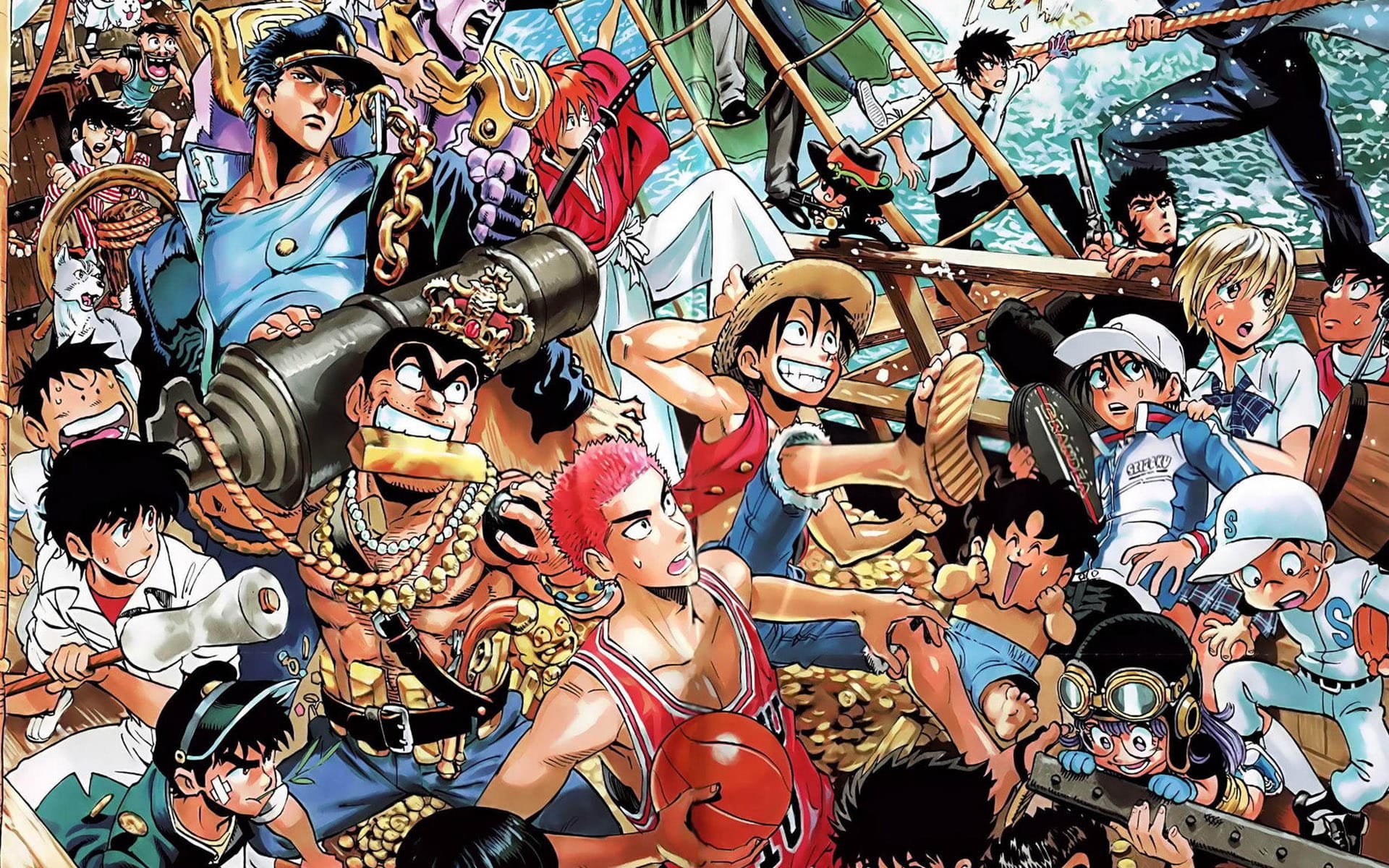While the world was busy tapping their styluses on Nintendogs and having Pokémon battles, Japan’s handheld scene was brewing something else—anime-powered brawlers and action-packed tie-ins that would make any otaku’s heart race.
These Japan-only DS anime games didn’t just slap familiar faces onto generic gameplay. They were crafted with care, blending fast-paced combat, deep character rosters, and fan service done right.
You’ll now discover five anime-inspired DS games that never left Japan—but deserve a spot in your collection.
Jump Ultimate Stars
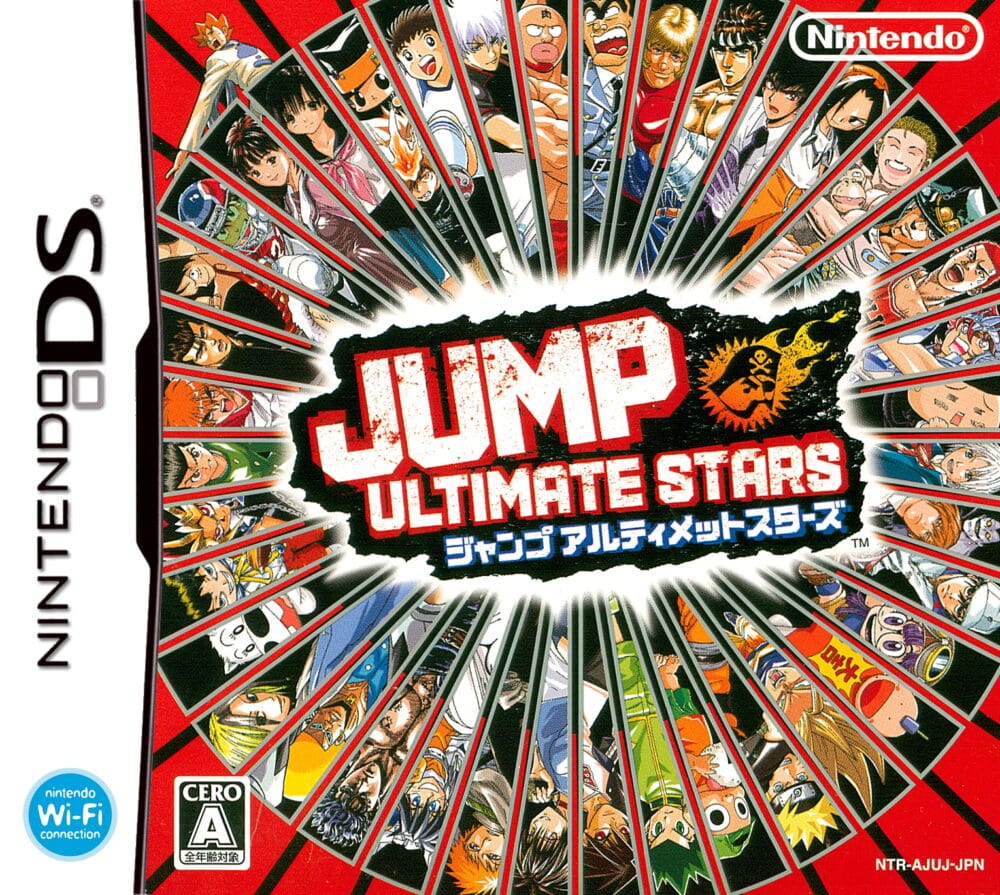
- Developer: Ganbarion
- Release Year: 2006
This isn’t just a crossover—it’s a celebration. Jump Ultimate Stars pulls from the biggest names in Shonen Jump history, packing in everyone from Goku and Luffy to Kenshiro and Yoh Asakura. With 300+ characters across playable, support, and helper roles, it’s the ultimate fan fantasy come to life.
Gameplay revolves around constructing a “Koma” deck—grids made of manga panel-style blocks representing characters, each with unique roles and costs. You’ll mix and match your favorites, crafting teams with both synergy and style.
Beyond button-mashing, the real depth comes from team composition. Do you build around a heavy-hitter like Ichigo with multiple supports, or go all-in on mobility and status effects? Strategy defines the outcome, especially in the fast-paced, 4-player skirmishes.
Why It’s Worth Playing: While Jump Super Stars laid the groundwork, Ultimate Stars refined everything: sharper visuals, better balance, more stages, and an even deeper roster. It’s the kind of sequel that doesn’t just expand—it elevates. Despite never getting localized, Jump Ultimate Stars carved out a cult following. Emulators, fan translations, and even competitive scenes kept it alive. It’s still praised today for its creativity, polish, and respect for the source material—a lost classic that refuses to fade.
Katekyo Hitman Reborn! DS Flame Rumble XX: Kessen! Real 6 Chouka
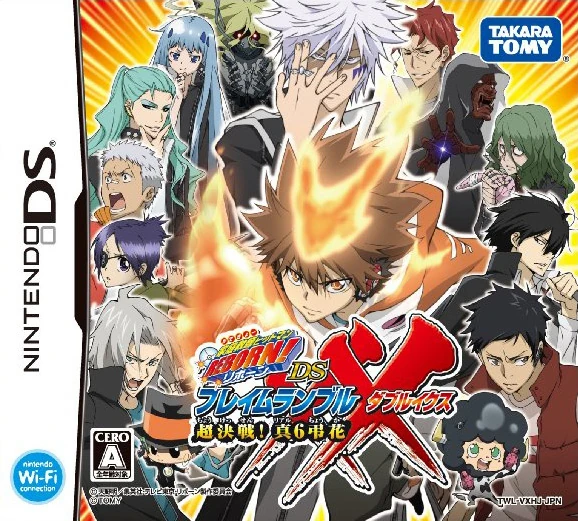
- Developer: Takara Tomy
- Release Year: 2010
Set during one of the most climactic arcs in the Katekyo Hitman Reborn! storyline, this DS exclusive plunges players into the mafia-infused chaos of the Future Saga. Every stage, cutscene, and attack oozes with the anime’s high-energy style, making it feel like you’ve stepped straight into the Vongola underworld.
Signature moves aren’t just slapped on—they’re spectacularly animated and true to the source. Tsuna’s X-Burner lights up the screen, Hibari’s hedgehog-based strikes land with ferocity, and Mukuro’s illusions add a tactical twist that mirrors his role in the story.
Rather than throw in filler characters, Flame Rumble XX focuses on the heavy hitters from the Real 6 Funeral Wreaths arc. You get to play out the key rivalries and dream matchups fans wanted, with characters designed to reflect their manga power levels and personalities.
Why It’s Worth Playing: It’s not just style over substance—this fighter packs responsive controls, a smart combo system, and enough mechanics to keep repeat matches fresh. Among the many Reborn! DS entries, Flame Rumble XX stands out as the most refined and content-rich. It nails the look, feel, and pacing of the anime's peak—and for fans of the franchise, it’s still the closest thing to a playable season finale.
Pen 1 Grand Prix: Penguin no Mondai Special
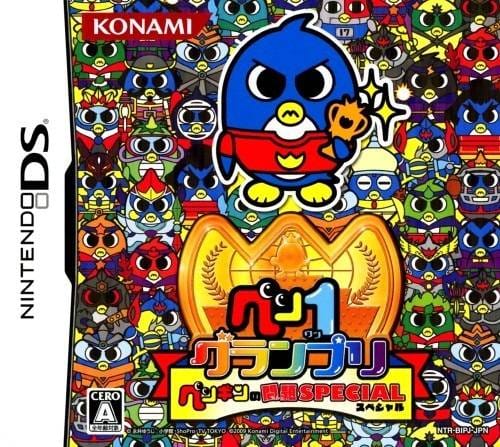
- Developer: Konami
- Release Year: 2009
Forget brooding protagonists and epic battles—this is a fighting game where penguins throw down in absolute madness. Based on the Penguin no Mondai anime, it turns the absurd antics of Pen-chan and crew into a chaotic multiplayer brawl.
Think banana peels, exploding cupcakes, and giant hammers—this game fully leans into its comedic roots. Attacks are less about technique and more about timing, trickery, and hilarious randomness, keeping players laughing and guessing every round.
Despite the visual silliness, the gameplay isn’t throwaway. Movement feels snappy, attacks have weight, and dodging or countering still takes skill. It’s a finely tuned party brawler hiding under layers of penguin-fueled lunacy.
Why It’s Worth Playing: Pen 1 Grand Prix is weird, wonderful, and absolutely committed to being ridiculous—which is exactly why it sticks with you long after the match ends. Games like this rarely leave Japan, and when they do, they’re often misunderstood. But Pen 1 Grand Prix has quietly built a reputation among importers for being one of the most entertaining, off-the-wall fighters on the DS. It’s peak “you had to be there” energy—and that’s what makes it special.
One Piece: Gigant Battle! 2 New World
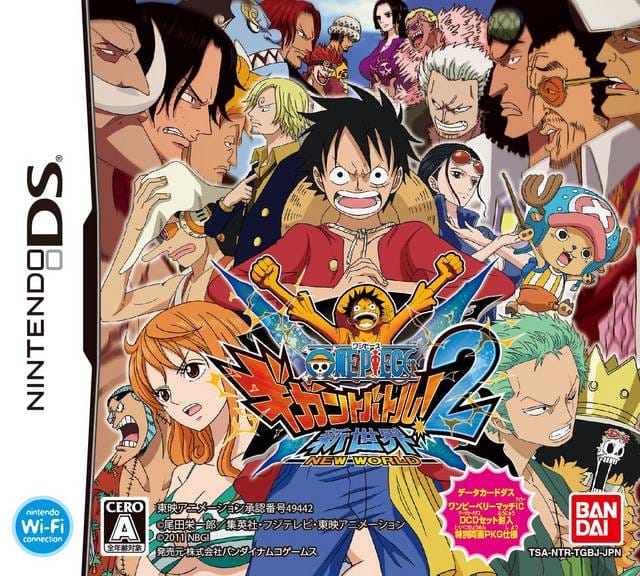
- Developer: Ganbarion
- Release Year: 2011
Set during the Post-War and Fish-Man Island arcs, Gigant Battle! 2 captures the look and energy of One Piece with lush sprite work and dramatic effects. It’s a love letter to the anime’s visual style, brimming with color, charm, and personality.
From big names like Luffy and Zoro to deep cuts like Hody Jones and Perona, the roster is stacked. Support characters add another layer, letting you call in allies for combo chains, buffs, or chaos-causing interference. It’s a fan-service buffet.
The battles are loud, fast, and full of mayhem—but never mindless. Team synergy matters, and choosing the right supports can turn the tide. Whether you’re playing solo or with friends, each match is a frenzied dance of offense and positioning.
Why It’s Worth Playing: This game isn’t just for surface-level fans. It rewards knowledge of the series with unlockable characters, references to niche arcs, and cameos that even hardcore fans might miss on their first run. While Gear Spirit and earlier Gigant Battle entries had their moments, New World is the definitive version. Smoother mechanics, more polished visuals, and an expanded roster make it the peak of One Piece fighting on DS. For fans of the series, it’s essential—an import-only gem that deserved a global stage.
Naruto Shippuden: Shinobi Retsuden III
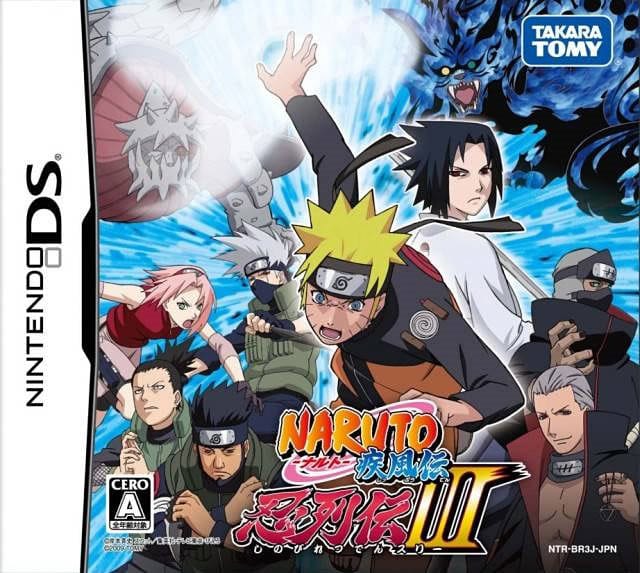
- Developer: DreamFactory
- Release Year: 2009
Unlike the side-scrolling action most Naruto games stuck to on handhelds, Shinobi Retsuden III goes full 3D. Players can dash, sidestep, and strike across wide arenas, making every duel feel like a true shinobi showdown straight out of the anime.
From Naruto’s Rasengan to Sasuke’s Chidori and Kakashi’s Kamui, ultimate moves are more than flashy finishers—they’re rewards for mastering spacing and timing. Levels aren’t flat—cliffs, obstacles, and multi-layered layouts demand smart movement and positioning. It adds depth rarely seen on the DS, making combat more tactical and less of a straight slugfest.
Why It’s Worth Playing: This isn’t a button-masher. With counters, chakra management, and evasive options baked in, Shinobi Retsuden III rewards players who take the time to master its systems. It’s layered enough for veterans, but still accessible for casual ninja hopefuls. For Naruto diehards, it’s the best DS-exclusive fighter the series got. For fighting game fans, it’s a surprisingly refined arena brawler with replay value to spare.
Bonus Round: Honorable Mentions
Eyeshield 21: Max Devil Power
Based on the high-octane sports manga, Max Devil Power ditches realism for arcade chaos. Part football sim, part reflex-based mini-game collection, it perfectly captures the over-the-top spirit of the show. It’s fast, weirdly intense, and packed with anime charm—a hidden gem for fans of both sports games and shonen absurdity.
Why These Games Never Made It West
Many of these titles pulled characters and stories from multiple IPs owned by different companies, making international licensing a legal minefield. Publishers often decided it wasn’t worth the cost or risk to sort out rights for games that catered to relatively small Western anime fanbases at the time.
From comedy styles rooted in Japanese wordplay to character tropes that didn’t resonate globally, some games were deemed “too Japanese” to succeed abroad. Publishers feared that without major localization overhauls, these titles wouldn’t connect with Western players—especially younger DS audiences unfamiliar with the source material.
A game based on a specific story arc might release in Japan long before that arc aired (or even existed) in the West. Without synchronized anime broadcasts, publishers couldn’t market the game effectively. By the time the anime caught up, the DS was yesterday’s news—and so the games stayed locked in Japan.
Conclusion
From the all-star brawls of Jump Ultimate Stars to the chaotic comedy of Pen 1 Grand Prix, these games capture the creativity and charm that made the DS era so unforgettable. Each title represents more than just a fighter—they’re snapshots of a time when anime fandom and handheld gaming collided in the best possible way.

